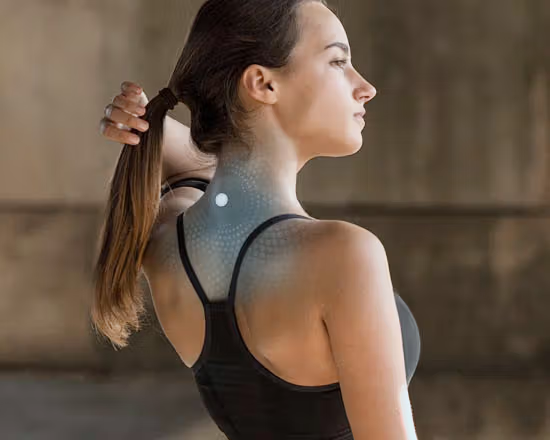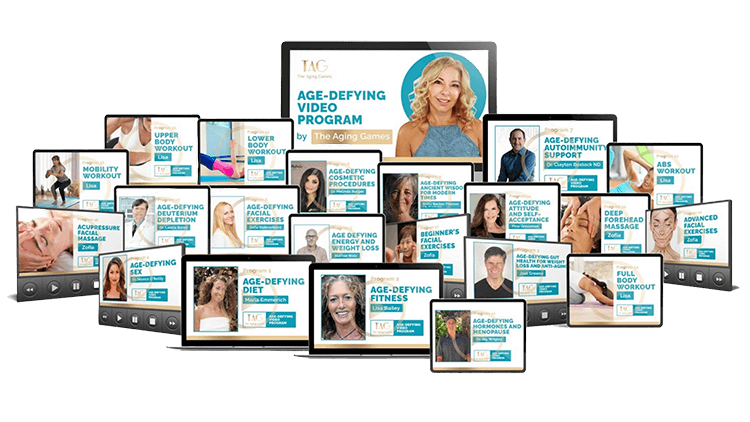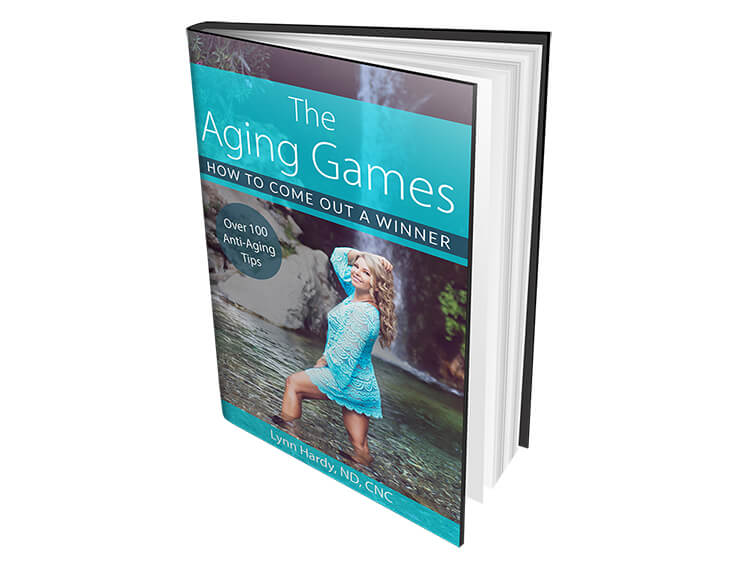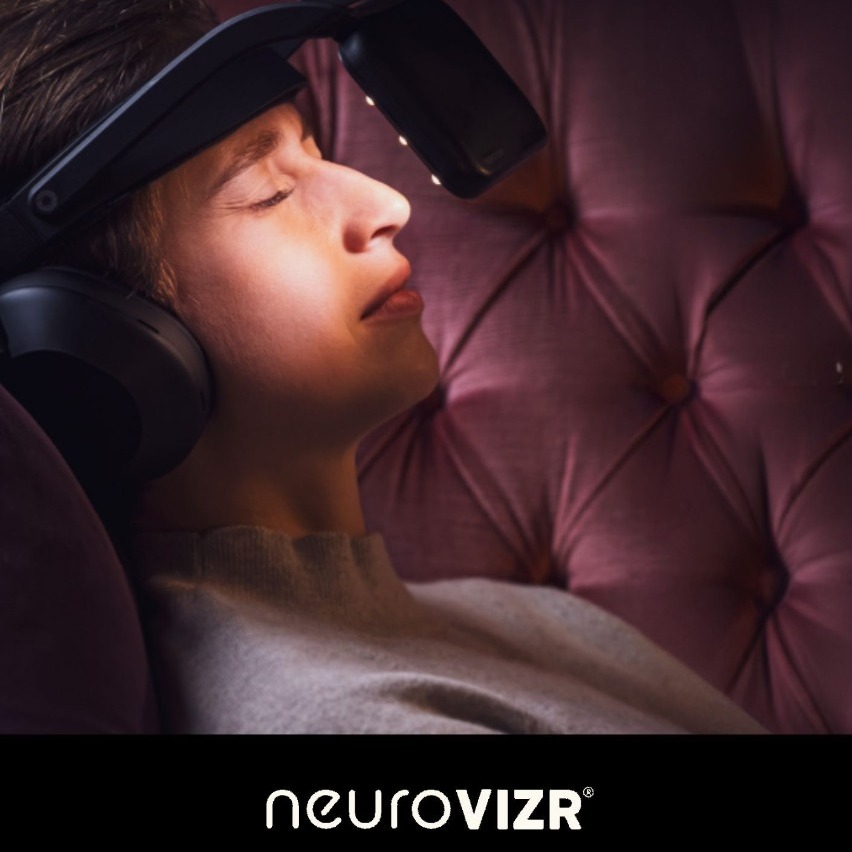Have you ever paused to ask: Does sun exposure really cause melanoma?
Because if the data from 1935 to 2000 is anything to go by… we’ve been misled.
Take a look at the chart. As sunlight exposure has dropped dramatically over the decades (largely due to increased time indoors and rising sunscreen use), melanoma rates have skyrocketed.
In 1935, we spent more time outdoors, lived closer to the land, and followed natural light cycles. Fast forward to 2000 — we’re living in boxes, hiding from the sun, and slathering ourselves in chemicals. But melanoma hasn’t gone down. It’s gone up.
☀️ The Vitamin D Disconnect
Here’s a fact that might surprise you:
💬 “Sunscreen with an SPF of just 8 blocks 92–95% of UVB light — which means you’re also blocking vitamin D3 production by that much.”Vitamin D isn’t just for bones — it’s a critical hormone involved in immunity, cancer prevention, and metabolic health. And we get it from the sun. Or at least, we’re supposed to. So while we’re avoiding sunlight and obsessing over SPF, we’re potentially weakening our defenses — not strengthening them.
🧠 Circadian Wisdom Meets Ancestral Wellness
We know the body is wise. It’s designed to rise with the sun, thrive with movement, and regenerate through natural rhythms. Melanoma isn’t just about sun exposure, it’s about how and when we interact with light.
Here’s how to harness the sun’s power safely and wisely:
☀ Tips for Safe, Smart Sun Exposure:
- Start slow: After winter, your skin needs time to build up a solar callus. Gradual exposure is key.
- Morning sun is gold: Get outside within 30 minutes of waking. Bare eyes, bare skin. This boosts melatonin, balances hormones, and supports your circadian clock.
- Don’t burn: Midday sun can be intense. Tune into your skin — redness is a signal to step back.
- Ditch the chemical sunscreens: They block more than just UV — they interfere with your body. Choose hats, shade, or mineral-based options if needed.
- Feed your skin from within: Nutrients like DHA (from fatty fish), vitamin A, collagen, and antioxidants help your skin thrive in the sun.
- Block blue light at night: Screens, LED bulbs, and devices mess with your melatonin. Dimming lights after sunset is one of the best things you can do for your longevity
🌞 The Sun Isn’t Your Enemy — It’s Your Ally
Sun exposure lowers all-cause mortality — even in people diagnosed with melanoma.
Yes, you read that right.
Meanwhile, melanoma rates are higher in indoor workers and regular sunscreen users.
So what’s really damaging us?🔵 Blue light.
⚡ Non-native EMFs.
🏠 A disconnected, indoor lifestyle.
✨ Final Thoughts
If this blog got you thinking – good. It means you’re waking up to something deeper. For years, we’ve been told to fear the sun, to cover up, to avoid the very thing that gives us life.
But the truth? It’s time to reconnect with nature — and with our own inner wisdom.
I’ve shared more on this over on my YouTube channel, where I dive into what I’ve learned (and unlearned) over the years:
👓 In this quick video, I explain why most sunglasses might actually be messing with your health. It’s a simple shift that can make a big difference in how you feel.
🌞 And if you’ve been afraid of the sun or unsure what’s safe, this one’s for you. Let’s stop fearing the sun — and start using it to support our health and vitality.
Welcome to The Aging Games — where nature is your medicine, and aging is a journey of empowerment.










